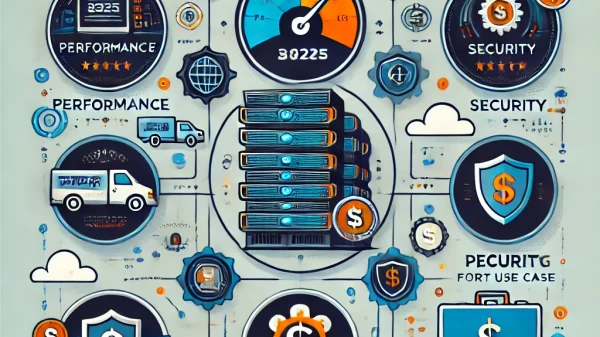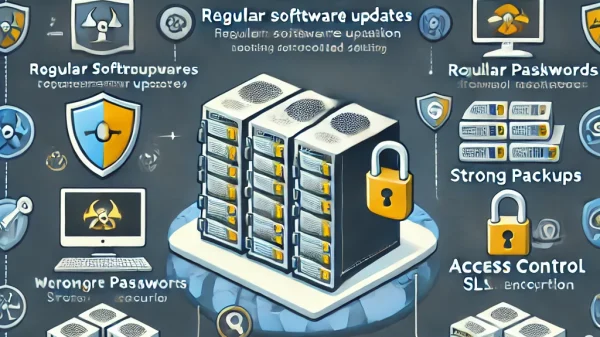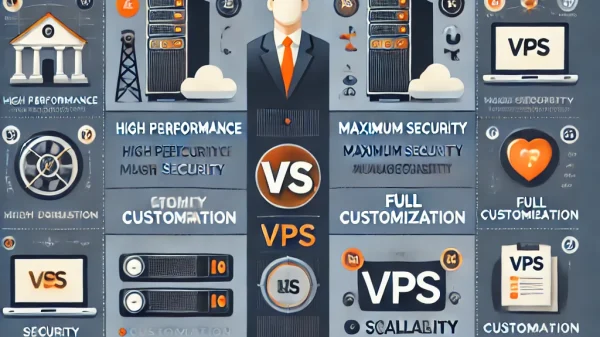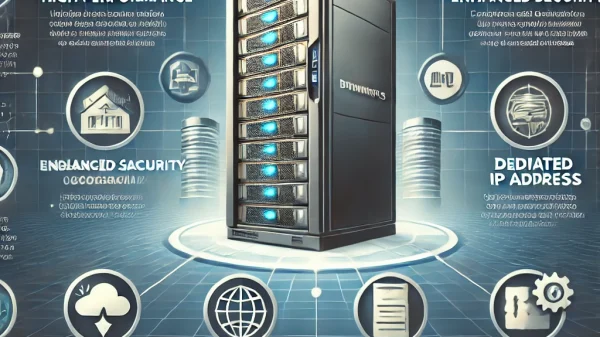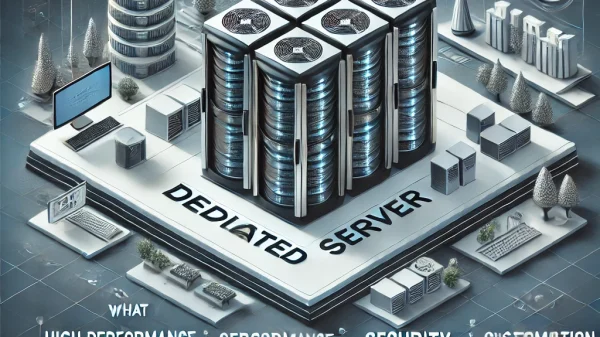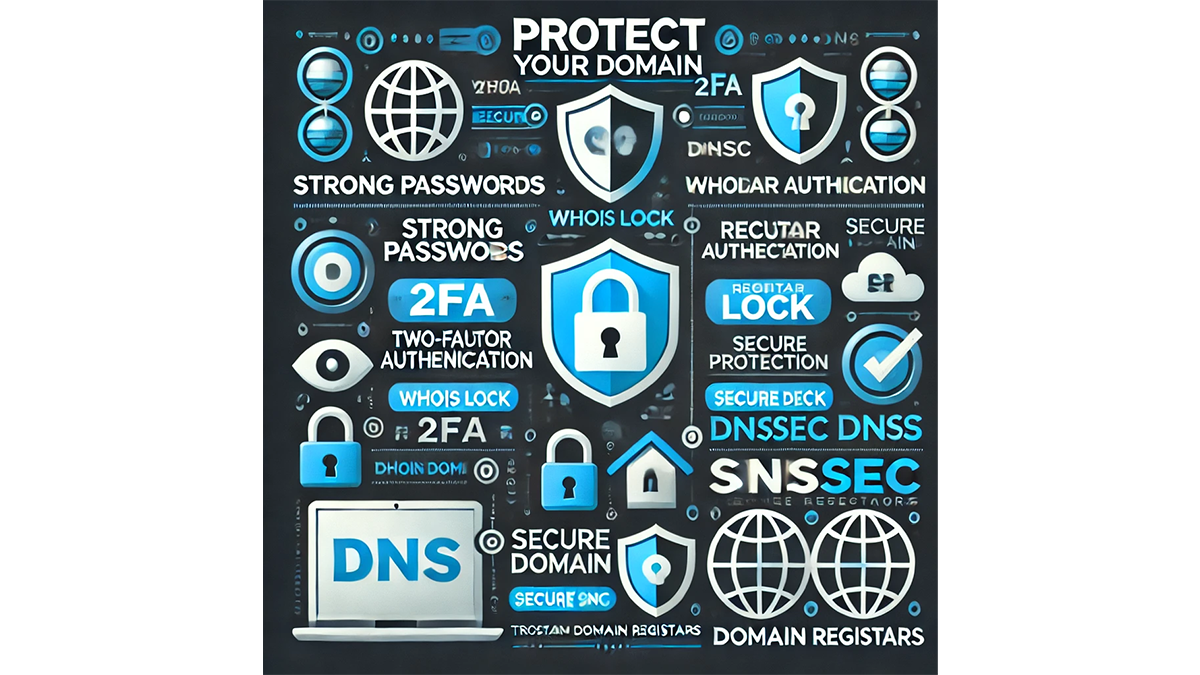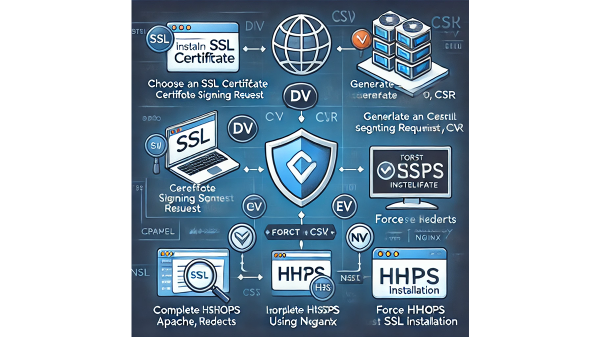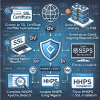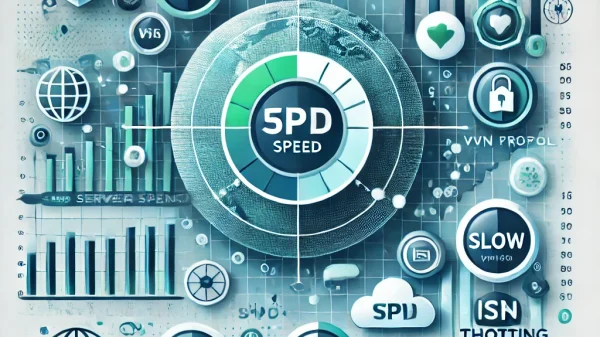In today’s digital world, a domain name is more than just an address for a website—it’s a valuable asset and the foundation of your online identity. However, with cyber threats on the rise, domain security has become a crucial concern for businesses, bloggers, and website owners. Losing control of your domain due to hacking, phishing attacks, or poor security measures can result in financial losses, data breaches, and reputational damage.
In this article, we will explore the importance of domain security, the common threats you may face, and best practices to protect your domain from cybercriminals.
| Security Measure | Description | Importance |
|---|---|---|
| Strong Passwords | Use a mix of letters, numbers, and symbols to create a strong password. | High |
| Two-Factor Authentication (2FA) | Adds an extra layer of security by requiring a second verification step. | High |
| Registrar Lock | Prevents unauthorized domain transfers. | High |
| WHOIS Privacy Protection | Hides your personal information from public WHOIS databases. | Medium |
| Domain Renewal Monitoring | Ensure your domain doesn’t expire to prevent unauthorized takeovers. | High |
| Secure DNS (DNSSEC) | Protects against DNS spoofing and unauthorized modifications. | High |
| Trusted Domain Registrar | Choose a reputable registrar with strong security measures. | High |
| Regular Security Audits | Monitor domain settings for unauthorized changes. | Medium |
Why Domain Security Matters
Your domain is the gateway to your website, email services, and other online resources. If a cybercriminal gains control of your domain, they can:
- Redirect traffic to malicious websites or phishing pages.
- Intercept emails and steal sensitive information.
- Shut down your website, disrupting your online presence.
- Demand ransom to return control of your domain.
Securing your domain is essential for maintaining trust, protecting user data, and ensuring your website remains accessible.
Common Domain Security Threats
Understanding the risks associated with domain ownership is the first step in securing your digital assets. Some of the most common threats include:
1. Domain Hijacking
Domain hijacking occurs when an attacker gains unauthorized access to your domain account and transfers ownership to themselves. This can happen due to weak passwords, phishing attacks, or unauthorized changes in domain registrar settings.
2. DNS Spoofing (DNS Cache Poisoning)
Cybercriminals manipulate DNS records to redirect website visitors to fraudulent sites, often designed to steal login credentials, personal data, or financial information.
3. Expired Domain Takeover
If you forget to renew your domain, someone else can register it. This can be exploited for financial gain, brand impersonation, or malicious activity.
4. Registrar Breaches
If your domain registrar experiences a security breach, hackers may gain access to domain management tools and transfer ownership or modify DNS settings.
5. Phishing Attacks
Attackers send fake emails impersonating your domain registrar, urging you to click on malicious links or provide login credentials, leading to unauthorized access to your domain.
6. WHOIS Data Exposure
When you register a domain, your personal information, including name, email, and phone number, is publicly available in the WHOIS database. This can make you a target for spam, scams, and social engineering attacks.
Best Practices for Securing Your Domain
To prevent cyber threats and ensure your domain remains secure, follow these best practices:
1. Use Strong and Unique Passwords
Ensure your domain registrar account has a strong password that includes a mix of uppercase and lowercase letters, numbers, and special characters. Avoid using the same password for multiple accounts.
2. Enable Two-Factor Authentication (2FA)
Most domain registrars offer 2FA, which adds an extra layer of security by requiring a second form of verification (such as a mobile app or SMS code) before accessing your account.
3. Lock Your Domain with Registrar Lock
A registrar lock prevents unauthorized domain transfers by requiring additional verification before making changes to your domain settings. Always keep this feature enabled.
4. Use WHOIS Privacy Protection
To prevent your personal information from being publicly available, enable WHOIS privacy protection. This helps reduce spam, phishing attempts, and social engineering attacks.
5. Regularly Monitor Your Domain
Check your domain settings, DNS records, and contact information regularly to ensure there are no unauthorized changes. Use domain monitoring tools to receive alerts for any suspicious activity.
6. Keep Your Contact Information Updated
Make sure your domain registrar has your latest email address and phone number so you can receive renewal notifications and security alerts.
7. Renew Your Domain Before Expiry
Set up automatic renewal or manually renew your domain before it expires to prevent unauthorized takeovers or unintentional domain loss.
8. Use a Secure and Reputable Domain Registrar
Choose a domain registrar with strong security policies, a good reputation, and features like 2FA, domain locking, and WHOIS protection.
9. Secure Your DNS Settings
Use DNSSEC (Domain Name System Security Extensions) to protect your domain’s DNS records from spoofing and unauthorized modifications.
10. Implement an SSL Certificate
Even though an SSL certificate secures website data transfer, it also helps prevent attackers from impersonating your site and improves overall domain security.
Final Thoughts
Your domain is one of your most valuable digital assets, and securing it should be a top priority. Cyber threats continue to evolve, making it essential to stay proactive with strong passwords, multi-layered security measures, and continuous monitoring. By following the best practices outlined in this article, you can protect your domain from hijacking, phishing, and other malicious activities.
Whether you’re a business owner, blogger, or e-commerce site operator, investing in domain security ensures that your website remains accessible, trustworthy, and safe for your users. Stay vigilant and prioritize security to safeguard your online presence.

